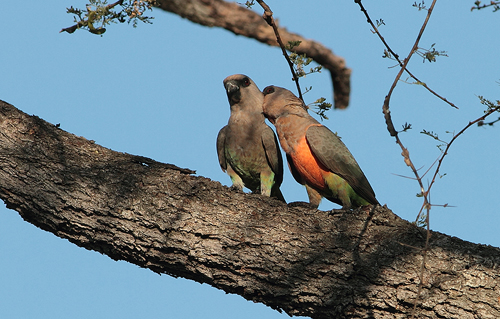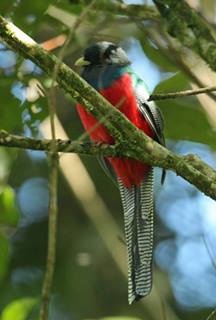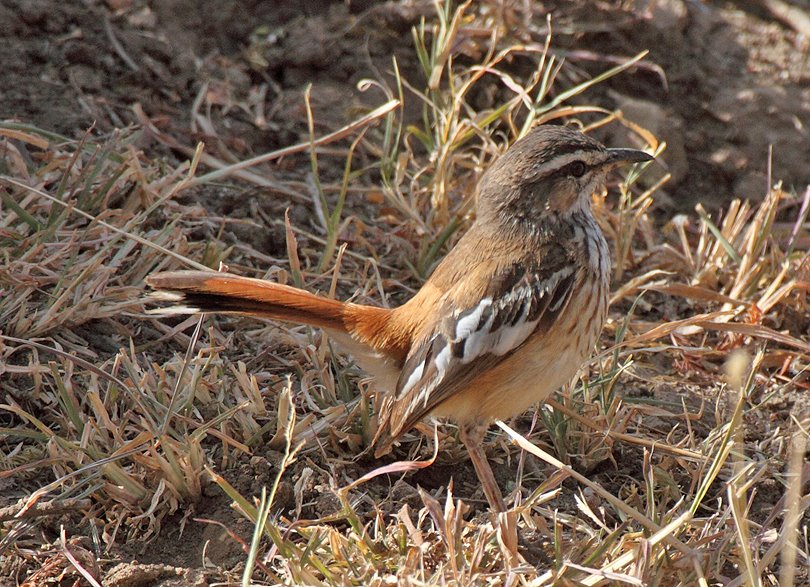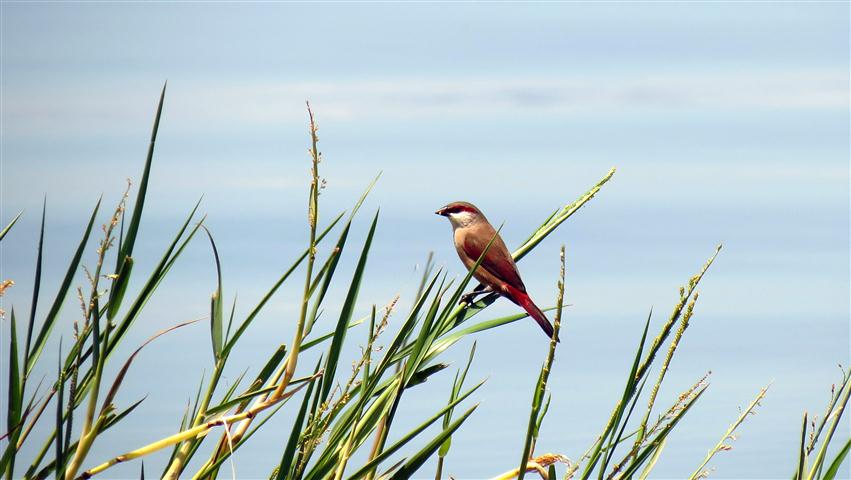
photo@Piero
African Orange-bellied Parrot male has a brown, with varying tinges of brown/orange on cheeks and breast; orange lower breast, abdomen and underwing coverts; pale green thighs and lower flanks to undertail coverts; yellow/green rump and upper tail coverts with blue suffusion. Bill grey/black. Cere and eye ring bare and brown/grey. Eye orange/red. Female-green lower breast to undertail coverts; green rump and upper tail coverts, blue suffusion absent. A juvenile bird is similar to adult female, but in general paler and duller; in male orange wash on underwing coverts and breast. Cere and eye ring bare and paler grey. Eye brown.
This is species is is well distributed in in eastern part of Kenya , commonly seen in places like Samburu and Meru National Park, Tsavo East and West , and if you are lucky enough to Tarangire National Park, then you are absolutely sure of spotting it in the big Baobab trees the park is known for.



 @Michael Sammut
@Michael Sammut





